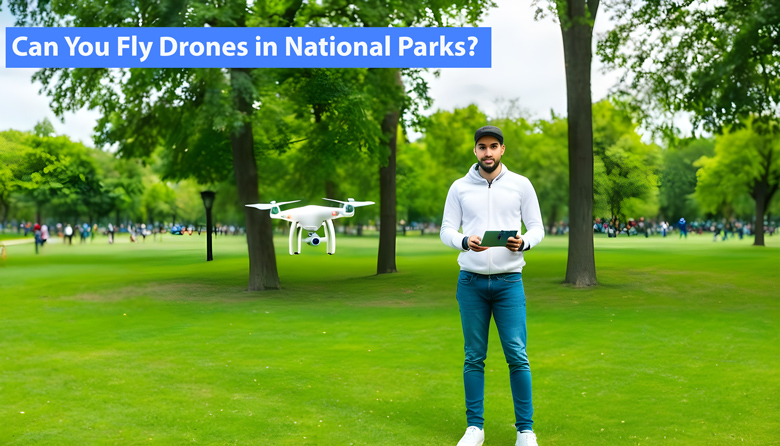How to Legally Fly Drones in National Parks and Protected Areas
Drones have revolutionized photography, videography, and exploration, allowing enthusiasts and professionals to capture breathtaking aerial views. However, flying drones in national parks and protected areas comes with strict regulations to preserve nature and ensure public safety. Understanding these regulations is essential to avoid fines, legal consequences, and environmental disruptions.
Most national parks around the world, including those managed by the U.S. National Park Service (NPS), have strict bans on drone usage. The primary reasons for these restrictions include protecting wildlife, preventing noise pollution, and ensuring visitor safety. For instance, in the United States, the NPS issued a policy in 2014 prohibiting drone flights in all national parks unless authorized for research, rescue operations, or administrative purposes. Similarly, other countries have their own regulations, which drone operators must follow.
Although general drone flights are prohibited, there are specific circumstances under which they may be permitted. Drone pilots can apply for special use permits for research projects, commercial filming, or park management activities. These permits require detailed applications, stating the purpose of the flight, expected impact, and adherence to safety guidelines. It is essential to apply well in advance, as approval processes can be lengthy and vary between different park authorities.
Apart from national parks, other protected areas such as wildlife sanctuaries, marine reserves, and heritage sites have varying drone laws. Some conservation areas permit drone usage with strict guidelines, while others impose complete bans. Before flying a drone in any such area, it is crucial to check local regulations. Organizations such as the Federal Aviation Administration (FAA) in the U.S., the Civil Aviation Authority (CAA) in the U.K., and other aviation regulatory bodies provide up-to-date information on legal restrictions and exemptions.
If permitted to fly a drone in a national park or protected area, it is crucial to follow best practices to minimize disturbance. Key guidelines include maintaining a safe distance from wildlife to prevent stress or behavioral changes, flying at designated altitudes to avoid interfering with other aerial activities such as bird migration, respecting other visitors' privacy and avoiding congested areas, using drones only during designated hours to reduce noise pollution, and ensuring compliance with all regulations and obtaining the necessary permits.
For drone enthusiasts who wish to capture stunning natural landscapes, alternative locations near national parks or designated drone-friendly zones can be explored. Some areas adjacent to national parks allow drone flights without restrictions, providing similar scenic beauty without legal complications. Additionally, some parks have designated drone zones where pilots can legally fly while respecting park policies.
Flying drones in national parks and protected areas is highly regulated to preserve the environment, protect wildlife, and ensure visitor safety. Understanding the restrictions, obtaining the necessary permits, and adhering to best practices are crucial steps for responsible drone operation. Drone operators should always stay informed about the latest regulations and explore alternative locations to enjoy their hobby while respecting conservation efforts. By following these guidelines, drone enthusiasts can contribute to preserving the natural beauty of protected areas while capturing awe-inspiring aerial footage.
.png)






Leave a Comment
Your email address will not be published. Required fields are marked *